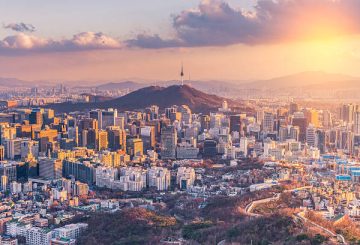Sa isang kamakailang reperendum, ang mga Australyano ay tiyak na bumoto laban sa isang iminungkahing reporma sa konstitusyon ng bansa na naghangad na kilalanin ang mga katutubong naninirahan nito. Ipinakita ng mga resulta na ang panukala na magtatag ng isang “Katutubong Tinig sa Parlyamento” ay nabigo upang makuha ang kinakailangang karamihan.
Sa labas ng mga botante, 60 porsyento ang laban sa reporma, habang 40 porsyento ang suportado nito. Kabilang sa anim na estado ng bansa, lahat maliban sa isa ay tinanggihan ang panukala. Ang Victoria ay may pinakamataas na bilang ng mga sumusuporta sa boto sa 46 porsyento, habang ang Queensland ay nakarehistro ng pinakamababa na may 32 porsyento.
Ang Punong Ministro na si Anthony Albanese ay nanumpa na magpatuloy sa mga inisyatibo sa pagkakasundo, na nagsasabi na ang referendum na ito ay hindi katapusan ng kanilang mga pagsisikap na pag-isahin ang bansa.
Ang populasyon ng Katutubong Australia ay bumubuo ng humigit-kumulang 3.8 porsyento ng kabuuang 26 milyong mamamayan at may mayamang kasaysayan na sumasaklaw sa paglipas ng 65,000 taon. Sa kabila nito, hindi sila kinikilala sa konstitusyon at nahaharap sa mga pagkakaiba-iba sa iba’t ibang sektor, kabilang ang kalusugan at pabahay. Naniniwala ang mga tagapagtaguyod na ang pagsasama ng isang Katutubong representasyon sa konstitusyon ay magpapalakas ng pambansang pagkakasundo, habang ang mga detractors ay nagtaltalan na maaari itong maging divisive
Sa kasaysayan, sa 44 referendums mula noong pundasyon ng Australia noong 1901, walong lamang ang naging matagumpay. Ang pinakabagong referendum ay ang una sa bansa mula nang ang panukala ng republika ay tinanggihan halos 25 taon na ang nakalilipas.
Isang makabuluhang kampanya ng maling impormasyon ang nauna sa boto na ito, na nagpapataas ng mga alalahanin tungkol sa papel ng pekeng balita sa Australia. Ang mga maling claim na ipinakalat sa social media ay nagmungkahi na ang iminungkahing “Katutubong Boses sa Parliament” ay hahantong sa isang ikatlong kamara ng parlyamentaryo at hindi proporsyonal na makikinabang sa mga pamayanan ng Aboriginal
Pinuna ng Punong Ministro Albanese ang ilang mga segment ng media para sa paglihis sa talakayan mula sa pangunahing mga isyu ng reperendum.





























































